Have a Great 2024
Do your best to take care of your health. Spend some time laughing, smiling, thinking, and crying every day. (Thanks to Jim Valvano.) Get out as much as possible to do some photography. It is my fervent wish that each of you attends a BAA Instructional Photo-Tour this coming year. I will be there 🙂
Your Call?
2023 was a great year for me. Below, I share 24 of my favorite images from last year. All are invited to leave a comment letting us know which are their three favorite image and why they made their choices.
An Invitation
All are invited to send me their two best images made in 2024 for a free, short critique. Please send sharpened 2000 pixel tall or wide JPEGs as e-mail attachments to me here. If you send three or more, I will delete your e-mail no matter how good the images.
Stats
The average focal length for all 24 images was 598mm, well within range of the Sony 200-600. Surprisingly, none of the images below were created with one of my favorite lenses, the relatively inexpensive, incredibly versatile Sony 2-6.
Five of the 24 images were created with my 70-200 GM II lens; long focal lengths are not a necessity. Only three of the photos were created at 1200mm. Eleven in all were made with my beloved 600mm f/4 (either bare or with a TC). And an additional eight (again, all either with the bare lens alone or with a TC) were created with my relatively new 400mm f/2.8. I surely am glad that I purchased it. Surprisingly, the images below represent photos made with only three lenses.
|
|
Image #1: Ring-necked Duck, San Diego, CA |
Santee Lakes
Each San Diego IPT visits Santee Lakes at just the right time. We try for fire-in-the-mist, and then enjoy photographing the ducks at close range. My faves are the ring-necked, the Woodk Ducks, and the Cinnamon Teal.
|
|
Image #2: 2-year old Pacific-race Brown Pelican stretching wings, San Diego, CA |
Sub-Adult Pelican Plumages
I always marvel at the widely variable plumages of all ages of the Pacific-race Brown Pelicans in San Diego.
|
|
Image #3: Pacific-race Brown Pelican resting, tight, San Diego, CA |
Point Blank Range
On the rare cloudy, windy, sometimes stormy day with winds from the west or the southwest, there is a spot where you can consistently get very close to the pelicans. Join me on a San Diego IPT to learn where.
|
|
Image #4: Bald Eagle vertical banking flight, Kachemak Bay, Homer, AK |
Vertical Banking Flight
Most (but not all) vertical bank shots of birds in flight are — as Image #4 was — cropped from horizontal originals. On the wind is just right on the Homer IPTs, I will teach the group to shoot vertical originals of banking Bald Eagles. There is one spot left on the first IPT; please e-mail for late-registration info.
|
|
Image #5: Bald Eagle braking to land in soft light, Kachemak Bay, Homer, AK |
70-200 f/2.8 Lenses in Homer
Most of the 70-200mm f/2.8 lenses are extremely valuable on a Homer IPT. The lone exception is the Canon RF 70-200mm f/2.8 lens which was inexplicably designed not to accept either teleconverter. . I use my Sony version II most often with the 1≥4X TC.
|
|
Image #6: Bald Eagle raising wings for take-off, Kachemak Bay, Homer, AK |
The Sony 400mm f/2.8 GM Lens
After railing against the use of any 400mm f/2.8 lens for bird photography for nearly four decades, On a Homer IPT in 2022, I briefly borrowed one from participant from Harry Lerner and fell in love instantly. Though I still love my 600mm f/4 GM lens, the 400mm f/2.8 is the perfect lens in many situations.
|
|
Image #7: Coyote on snow-covered hillside, Kachemak Bay, Homer, AK |
With the 1.4X TC
The 400mm f/2.8 lens with the 1.4X TC and an a-1 has become my favorite walk-around lens at Fort DeSoto. It turned out to be perfect in Homer when this handsome Coyote made its way down a snow-covered hillside. The super wide aperture allowed me to work at reduced ISOs in low light situations.
|
|
Image #8: Bald Eagle adult — tight flight, sweet light, Kachemak Bay, Homer, AK |
560mm Again!
On the 2023 Homer IPTs, I used the 400mm f2.8 extensively, even when the sun was out.
|
|
Image #9: Snowy Egret — flight, full downstroke, Fort DeSoto Park, Pinellas County, FL |
I often walk around with the 70-200mm/2X/a-1 rig at my favorite morning back-up location to take advantage of its extreme close focusing ability — yes, the birds are very tame there. This image was created on a Fort DeSoto IPT.
|
|
Image #10: Breeding Plumage Snowy Egret with crest blowing, Fort DeSoto Park, Pinellas County, FL |
Snowy Egret Max Colors
For a very few days each spring, Snowy Egrets that are actively involved in breeding sport bright pink to cherry red lores. These dramatic colors do not last long.
|
|
Image #11: Royal Terns copulating and more, Fort DeSoto Park, Pinellas County, FL |
The North Far Bar
Royal Tern courtship and breeding behaviors were spectacular last season at the New Far Bar on Outback Key. This one was created with the 400mm f/2.8 alone with the a-1.
|
|
Image #12: Royal Terns copulating, Fort DeSoto Park, Pinellas County, FL |
More 400mm f/2.8!
Same spot, same lens. I love how the background was incorporated in this image. Had I been using the 600mm f/4, the angle of view would have been much narrower and the image far less appealing. At least for me.
|
|
Image #13: American Oystercatcher chick eating pregnant mole crab, Nickerson Beach Park, Lido Beach, NY |
1200mm!
At times, slapping the 2X on the 600mm f/4 can pay huge dividends. Aside from the 24X magnification that comes in handy working with sensitives subjects, working at 1200mm gives you more leeway as far as sun angle is concerned. I will be announcing one or two 2024 Nickerson Beach IPTs — late July and early August.
|
|
Image #14: Common Tern chick killing wayward chick from another nest, Nickerson Beach Park, Lido Beach, NY |
Murder on the Beach
Sitting behind the colony ropes behind the tripod-mounted 600mm f/4 turned out to be a great decision when this adult Common Tern repeatedly attacked a tiny tern chick from a nearby nest.
|
|
Image #15: Red-throated Loons/courtship or fighting? Iceland. |
Why Would an Experienced Professional Pay to go on a Trip?
Professional tour leaders like Greg Downing often visit outstanding locations year after year. And thus, they learn all the hotspots. As the next few images show, I was very happy that I spent the money to attend a trip run by a former student.
|
|
Image #16: Black-legged Kittiwake screaming flight, Grimsey Island, Iceland. |
Grieving in Flight
This kittiwake kept flying in to feed its chick in a nest on a cliff. The chick was dead, and therefore, did not respond when the parent landed at the nest and offered food. The bird would fly out to sea a bit and returned several times screaming in an effort to wake the dead. With the handheld 70-200mm GM III/1.4X/a-1 combo at 280mm.
|
|
Image #17: Atlantic Puffin with fish for chicks in nest, Grimsey Island, Iceland. |
This might be my favorite Iceland image. I created many thousand of images of puffins in flight with sandeels in their bills, but this one is special for many reasons. In part, I love the out-of-focus cliff background. With the tripod-mounted 600 alone.
|
|
Image #18: Black Guillemot in flight, Grimsey Island, Iceland. |
Zebra the Sky!
To come up with a perfect exposure on a white sky day, I set the exposure to completely over-expose the sky and then turned Zebras off so that I could see the guillemots as they flew into the nesting rocks.
|
|
Image #19: Atlantic Puffin, partial body flight with fish for chicks in nest, Grimsey Island, Iceland. |
400mm f/2.8 Handheld in the Wind
This image was created on a mega-windy afternoon as hundreds of puffins held still in the wind right in front of me. If you would like to explore the possibility of visiting Iceland with Greg this July, please get in touch with me via e-mail.
|
|
Image #20:Snowy Egret stretching, Fort DeSoto Park, Pinellas, County, FL |
Subject in Shade, Background in Sun
Though such situations are rare, they are always worth exploring. Join me on a DeSoto IPT in 2024 to learn a ton and become a much better bird photographer.
|
|
Image #21:Osprey beginning dive, Sebastian Inlet, FL |
Sebastian Inlet
I visited Sebastian Inlet more in 2023 that I had in the previous years combined. I had one really good day with the Ospreys. This one with the 600mm f/4/1.4X TC/a-i on the tripod at full height.
|
|
Image #22: Mottled Duck flapping after bath, Indian Lake Estates, FL |
Another Hard-to Approach Subject
There are lots of Mottled Ducks in the lake, usually just south of the pier. As they are difficult to impossible to approach, I stayed in my vehicle and worked with the 2X on the 600mm, supporting the lens on the BLUBB. Perfect images of ducks flapping after a bath are few and far behind. This in one of them.
|
|
Image #23: Sandhill Crane playing with dried grasses, Indian Lake Estates, FL |
Unexpected Success
I was taking a walk with the 70-200mm f/2.8 II/2X TC/a-1 when I came across this crane playing in the sand box. When it grabbed some dried grasses, I fired off a very few frames not expecting anything even decent. I was surprised.
|
|
Image #24: Sandhill Crane in flight, full downstroke, Indian Lake Estates, FL |
Not a Vulture
This crane flew in curious about the activity at my road kill cafe. When it took flight, I reduced the exposure by two clicks and again, somewhat unexpectedly, created a winner.
Typos
With all blog posts, feel free to e-mail or to leave a comment regarding any typos or errors.

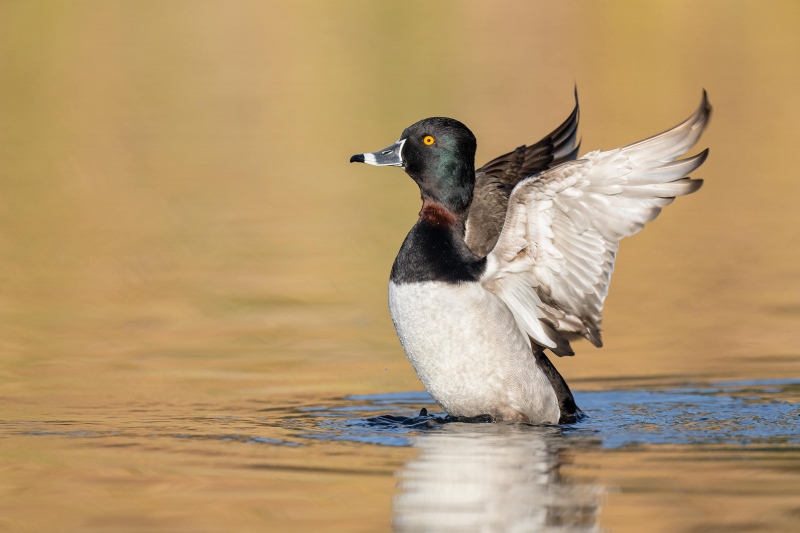
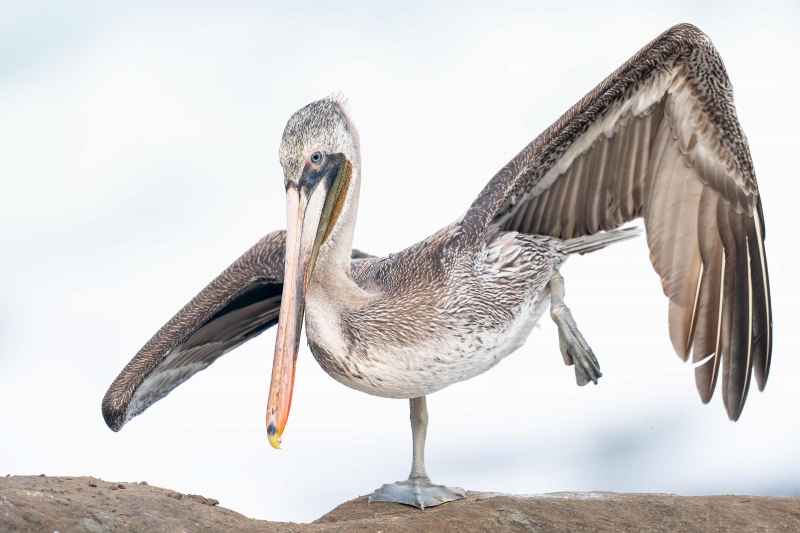
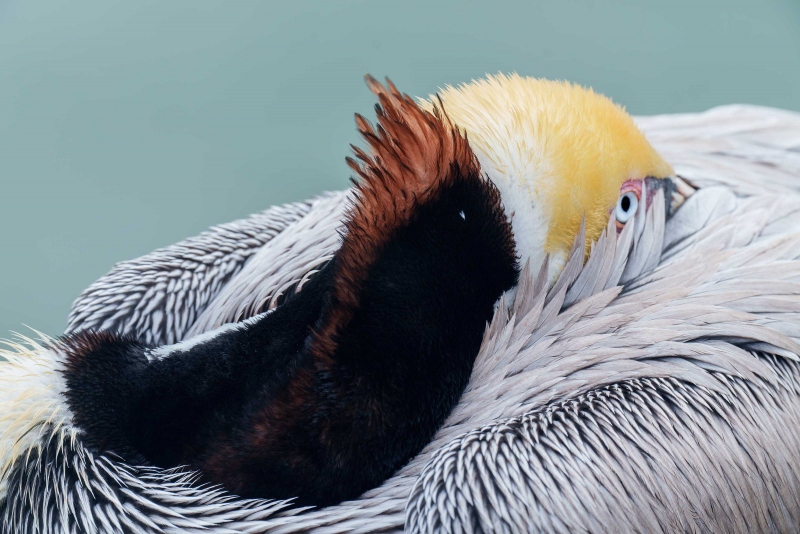
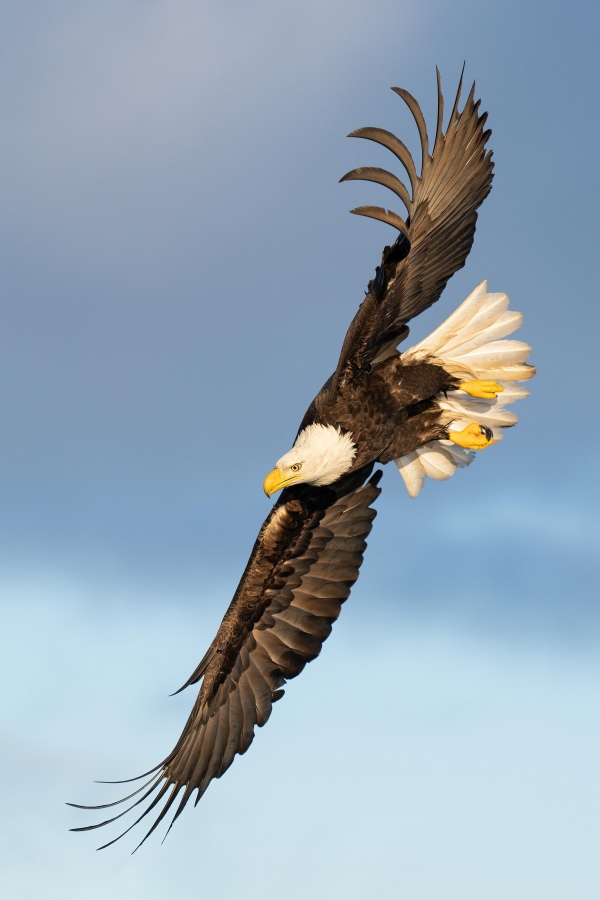
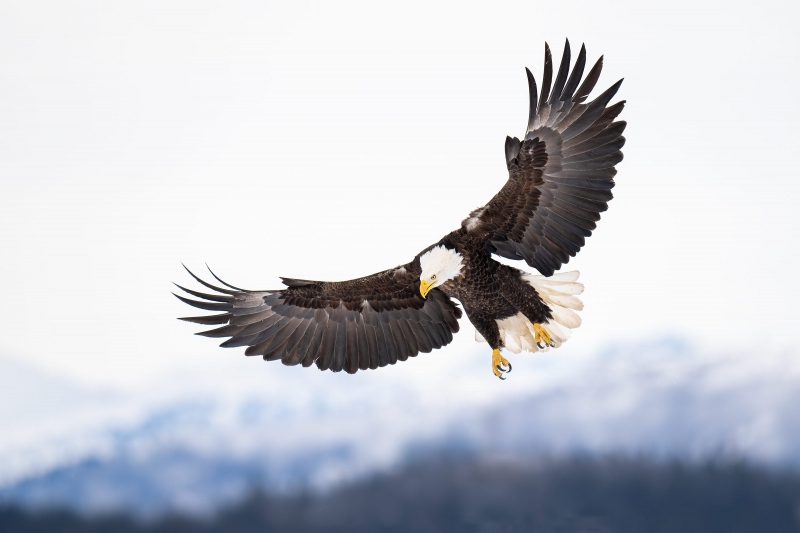
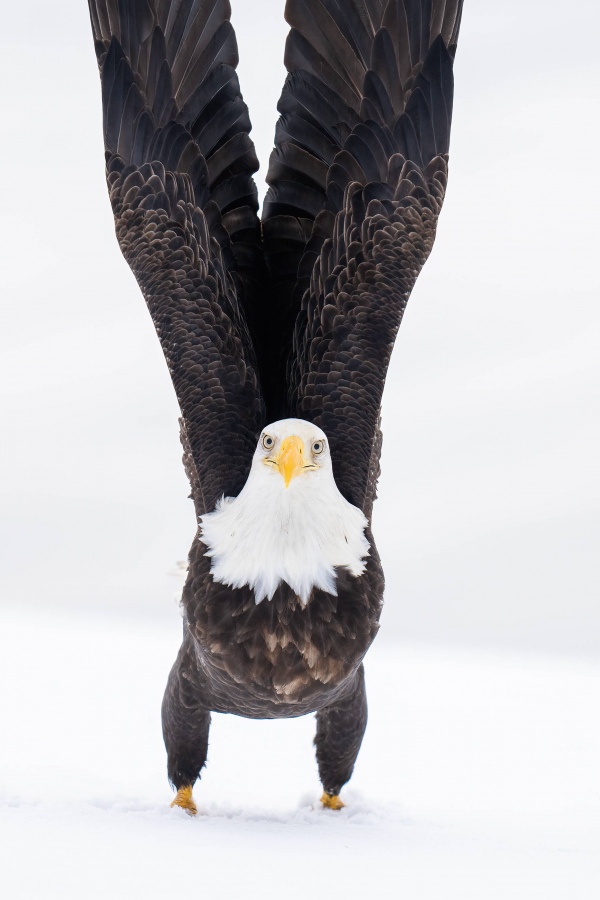
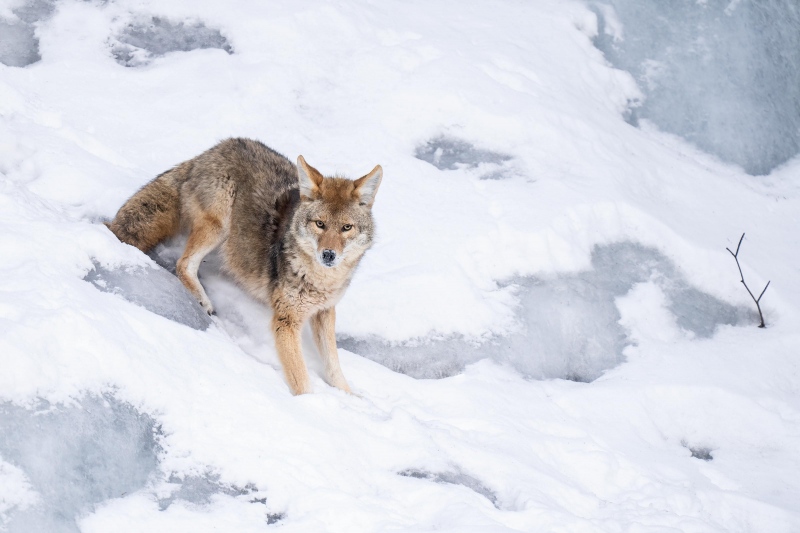
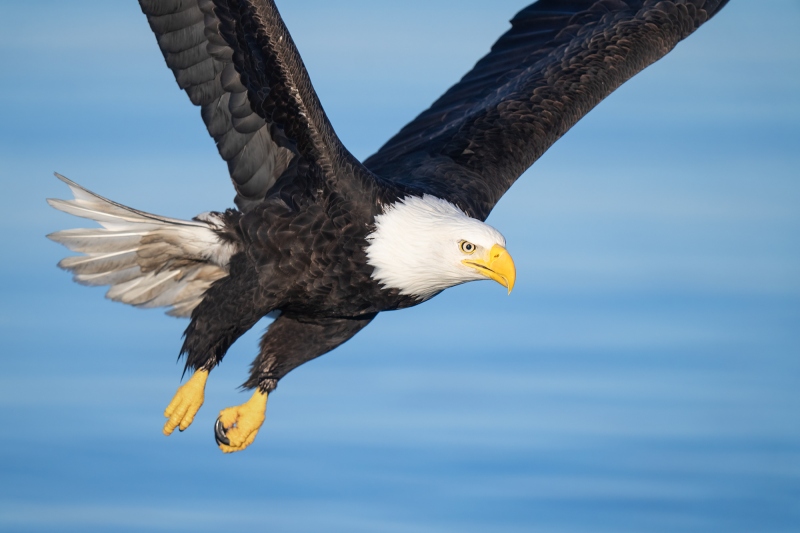
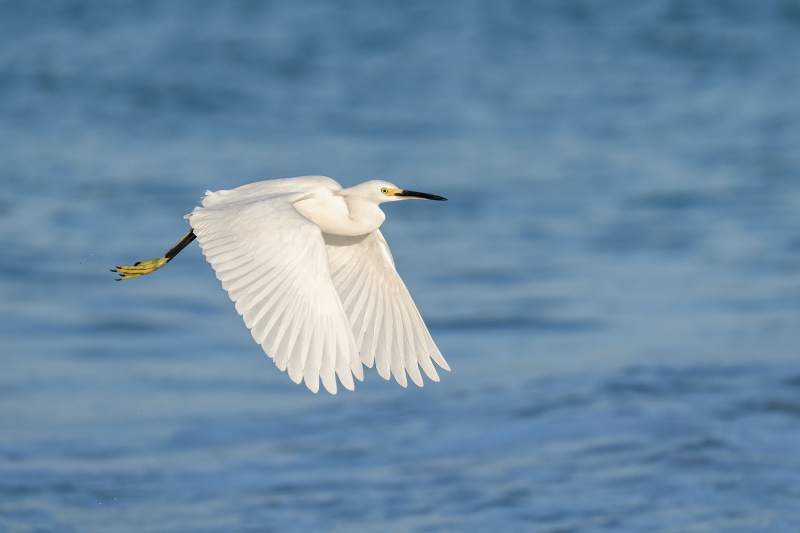
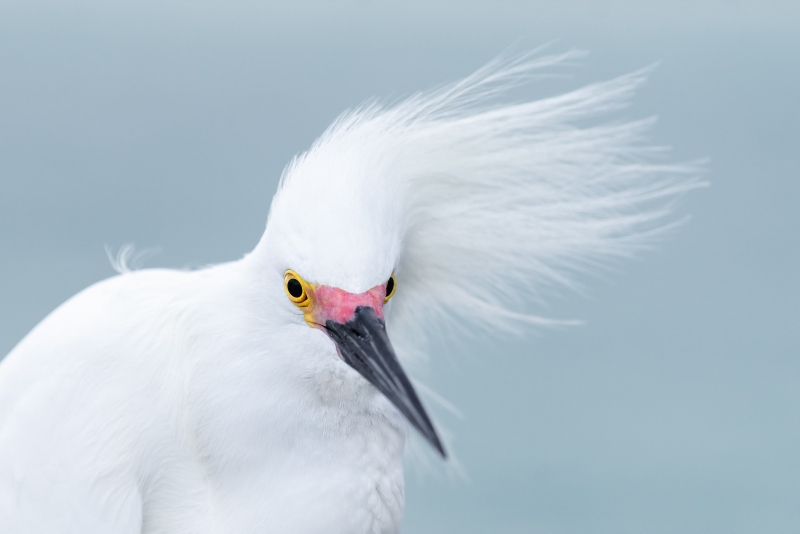
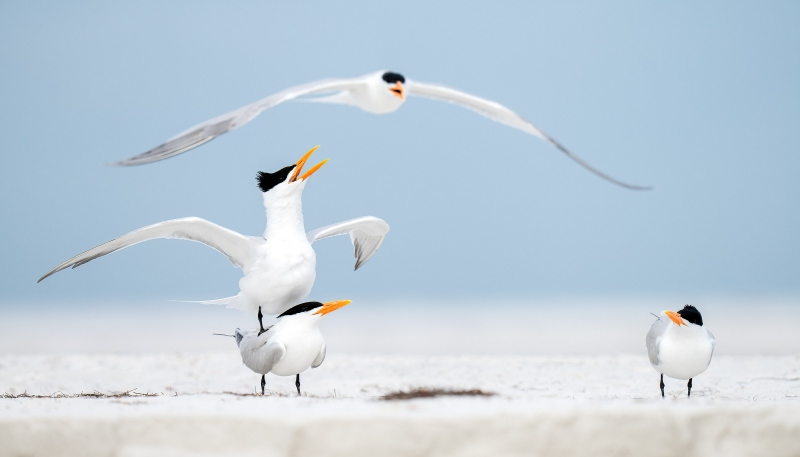
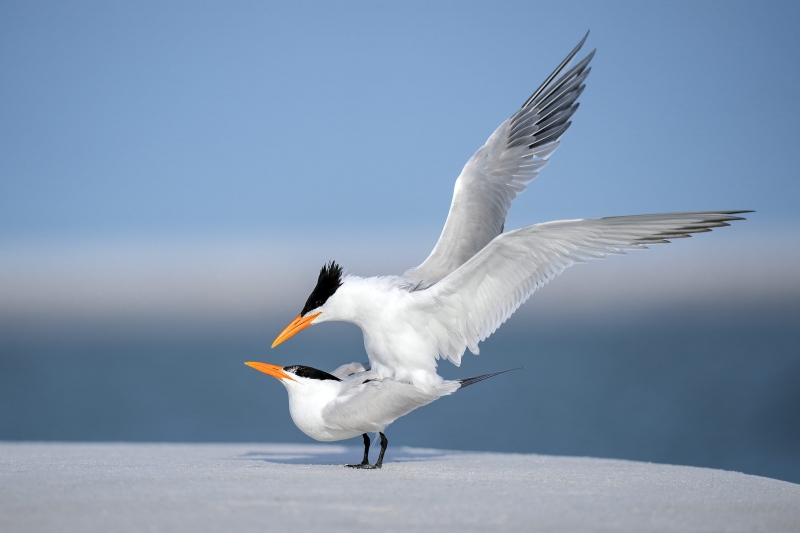
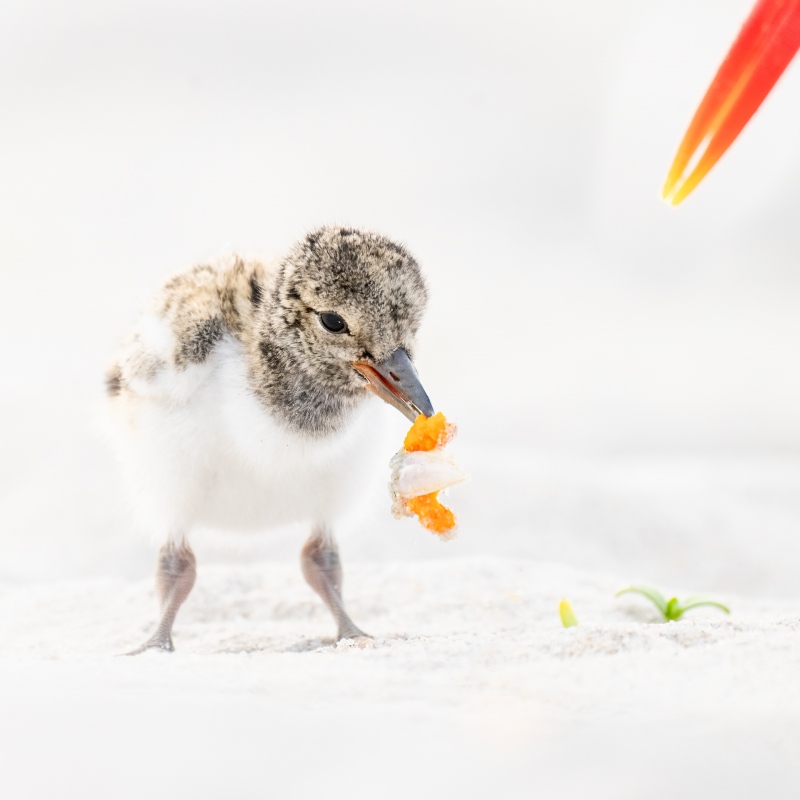
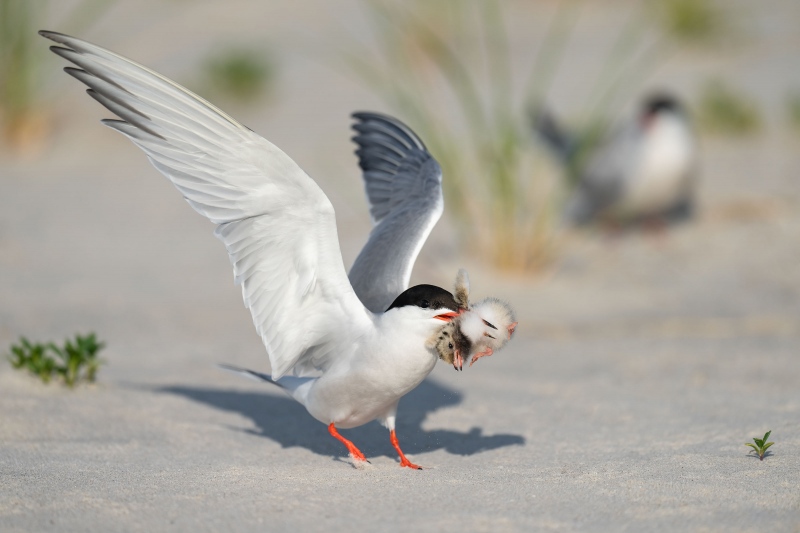
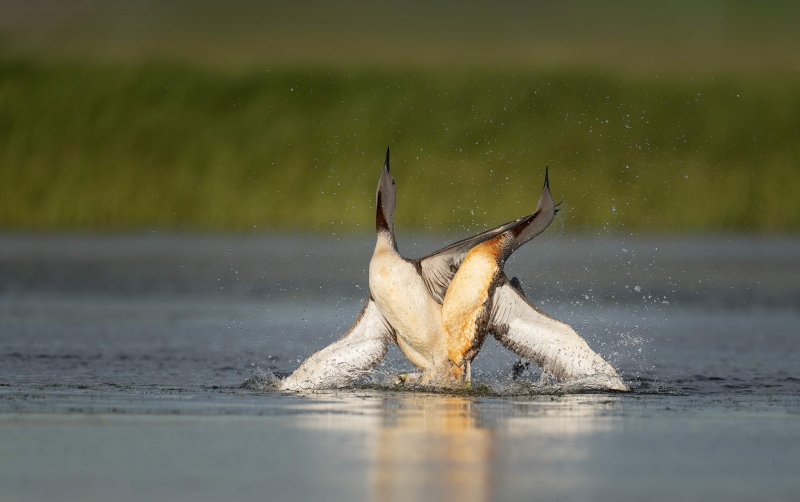
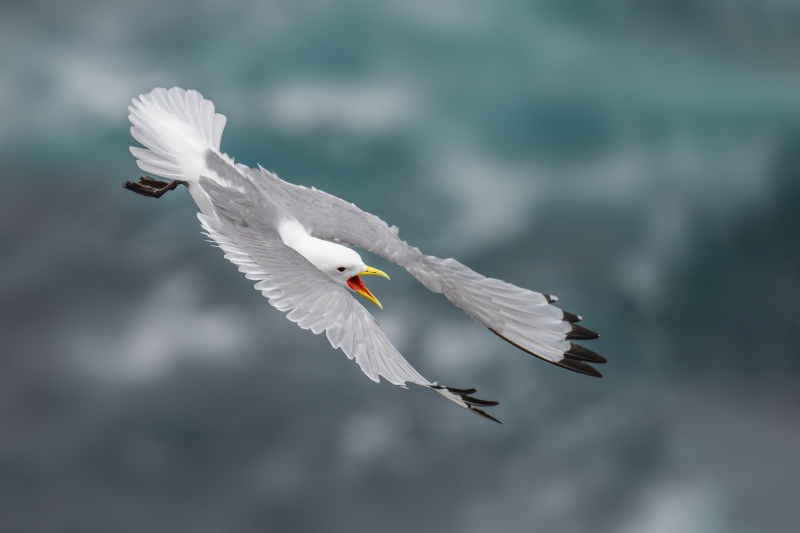
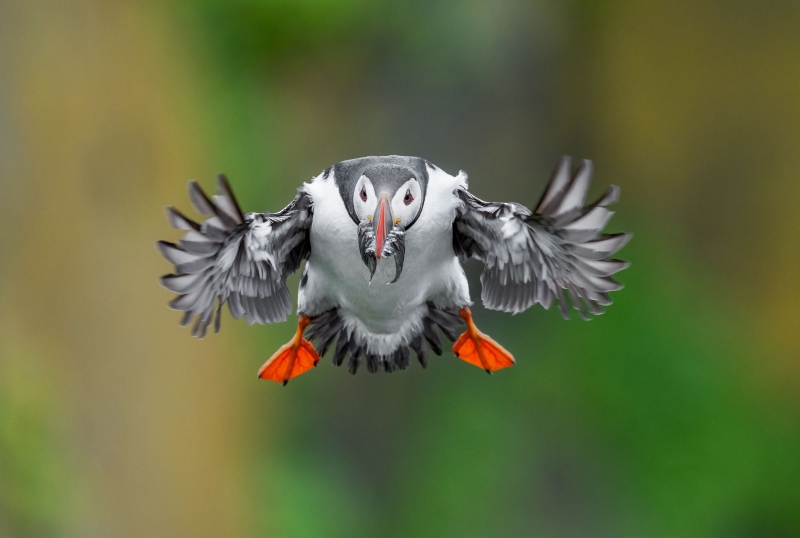
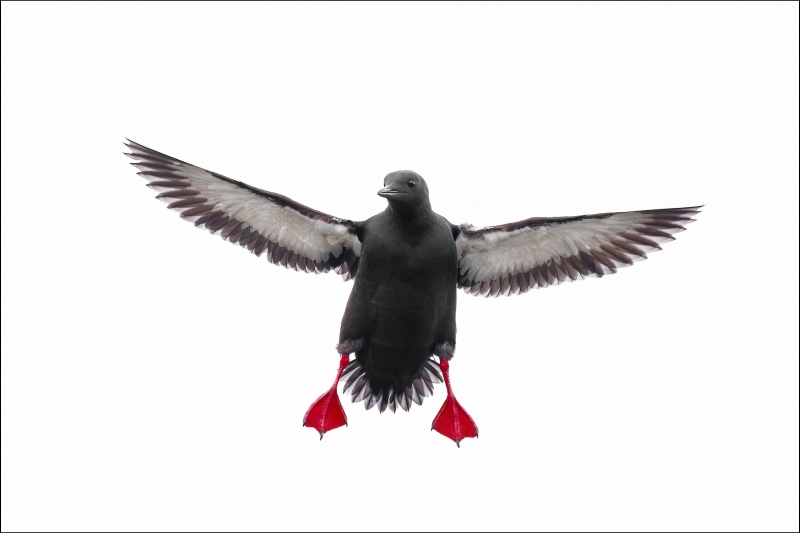
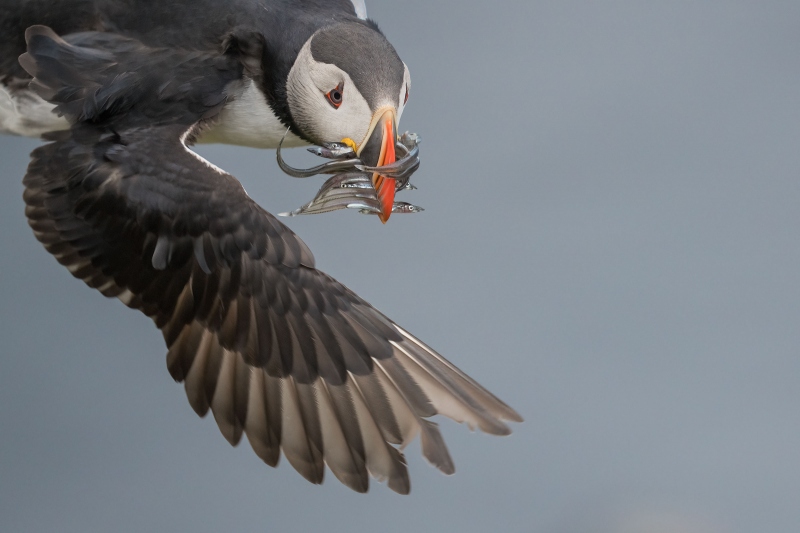
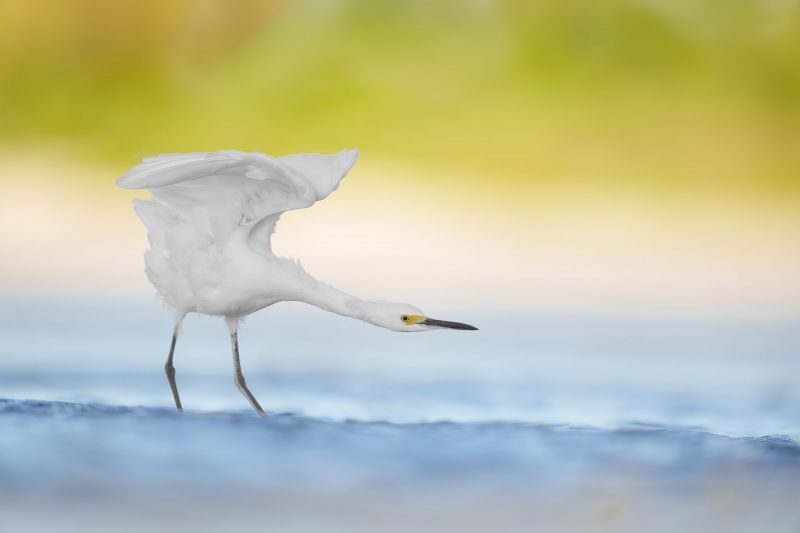
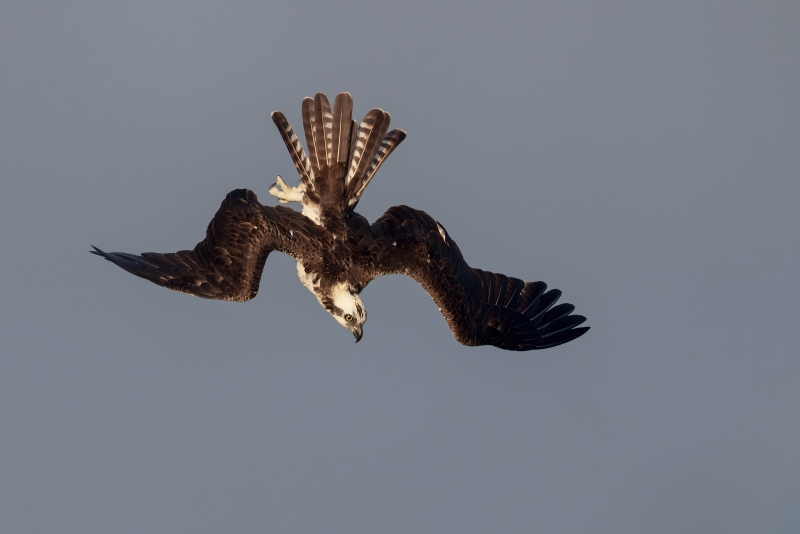
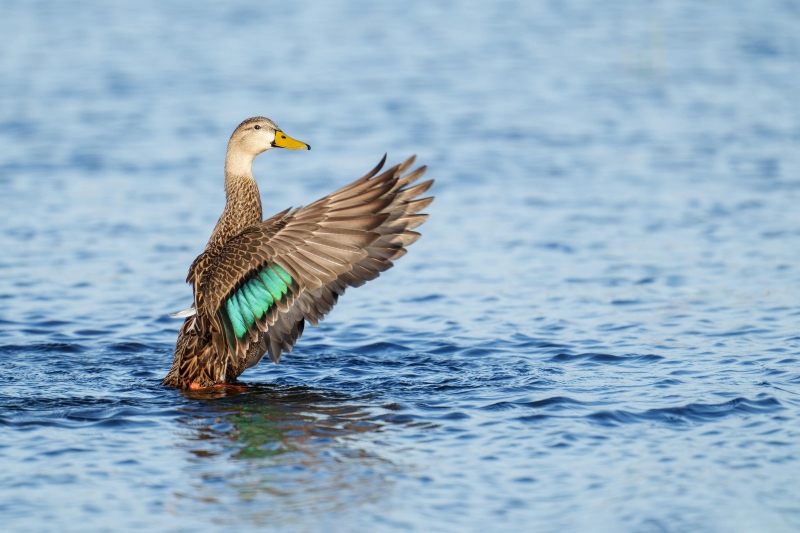
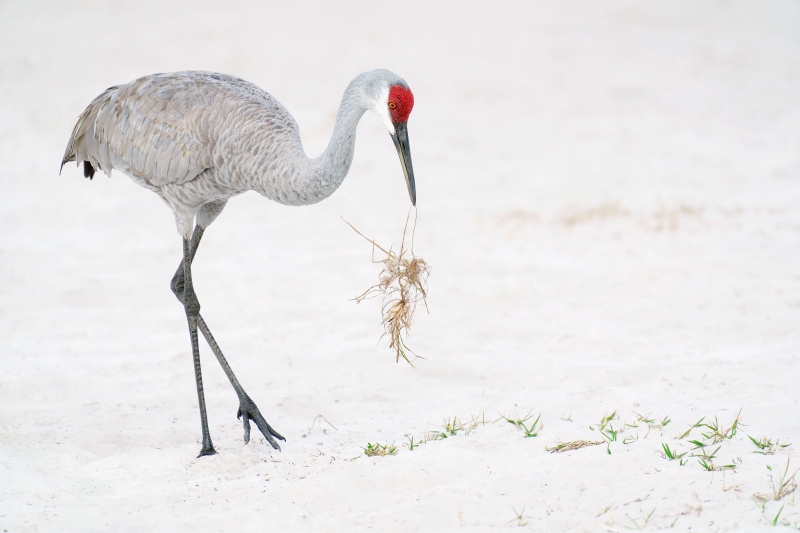
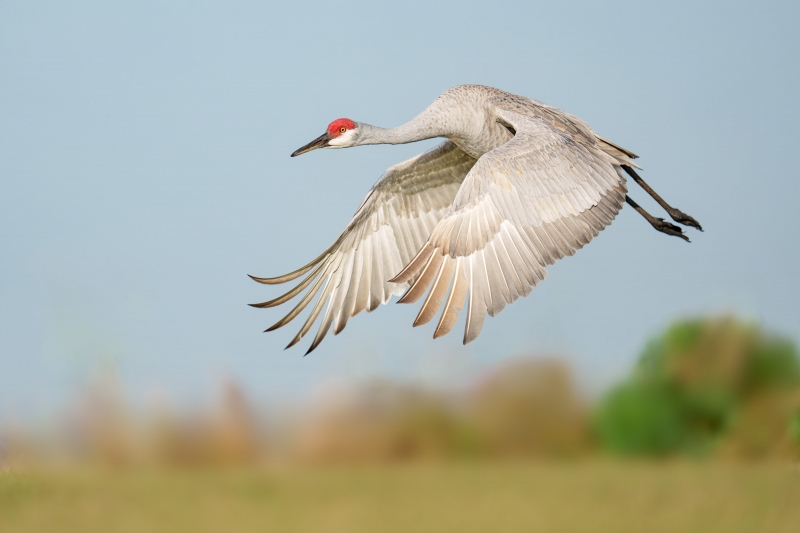













Love #17 just something about the flight position and expression that caught my attrntion right away.
Happy New Year Artie
#17 just love those puffins
happy and healty new year
stay safe in you all your travels
stay healthy
love you sis
Great images! I always like the backgrounds in your images. I also like the range of gear – everything from a 70-200 to a 600mm f/4 with a 2X TC.
My favorite is #13 – the oystercatcher chick. Great/unusual subject matter, great color, tight composition, and clean background. I thought about the adult bird’s bill in the corner of the frame and liked the way it served as a leading line as well as an expression that the chick was with the parent.
Lots of good images. Tough selections – out of what – 250,000+ for the year? That would make the images you selected the top 0.01%.
Best wishes for a great 2024!
Hi Artie,
#4, even tho eagles get more than enough attention, that is a great shot!
#17, the orange really stands out with the green in the nicely blurred background
#24 because I spent a frustrating weekend in E. Washington trying to get a decent shot of the lesser Sandhill cranes on their migration to AK.
Happy New Year!
Keith
I enjoyed that.
Thanks, Jay. Me too 🙂
a
Hi Artie,
Beautiful work. My favorites are:
1 – Great pose on the duck, beautiful background, nice reflection, great color overall
4 – Majestic capture of the bald eagle – it feels like I am flying beside him. Great impact.
19 – Love the close-up of the Puffin returning with a mouthful of fish, face is super sharp and high impact.
Many thanks, much love, a
#16
Not a bad one.
with love, a
My favorite image is #19. The Atlantic Puffin with fish, because of the unique framing. Plus, I love close-up images where you can see the sacredness of life. This is my photographic style, too. A wonderful image. I am using Alan Murphy’s practice of using shutter speed of 1/8000 of sec or as close as I can’t get to this shutter speed. If the image were mine, I would have used a faster shutter speed like this and would have gotten the wings tack sharp. However, the slight blur of the wings doesn’t less the overall impact or detract. I am just quibbling… Happy New Year!
Thanks, Bruce. I love that one too. The slightly blurred wings were do in part to the narrow d-o-f at f/2.8 at such close range.
with love, a
In your invitation to submit two photos to you, did you mean from 2023 or as stated 2024?
Duh, from 2023. Thanks!
with love, artie
I prefer #16 first, #15 second, and #17 third. It appears the kittiwake is in attack mode, probably against another bird. A very unusual pose, probably never duplicated again the way it is stretched out, so that’s why I think it is #1. I also think it is very unusual and difficult to catch two birds like the loons in this kind of pose. Maybe one bird, but always more difficult to catch two birds in a unique position like these. Therefore my #2. And the puffin pose is also amazing, although I wish the outer wings were in focus. So it is #3 in my book. Just my opinion. The other photos are also interesting, but their poses is not as unique as the three I prefer.
Than you Lorvey. Do read the info that accompanied the kittiwake image.
much love, artie
#4, 17, and 19, all dynamic, unusual flight images. Your emphasis on flight has paid off bigtime. (#4 and #6 are the same image, but the caption for #6 is for a different photo.)
Thanks, Cliff. All made possible for me by Sony.
And yup, I screwed that up big time 🙁
with love, a
Unless I’m missing something, it looks like images #4 and #6 are the same.
Thanks and fixed.
with love, artie
What a great collection of images. Happy New Year Artie. I wish you a year of great health and photos which will give you the happiness you deserve.
Thanks and ditto. We all deserve peace and happiness. The good news, they come to those who choose them! (Byron Katie — http://www.The Work.com)
with love, a
Is this true: Indian Lake Estates, Sebastian Inlet, FL
Not true. Jim fixed them all 🙂
with love, artie
A beautiful selection making it difficult to pick favorites. But for me, the top five (in no particular order) are: 1, 2, 13, 16, and 17. It was tough giving up numbers 11 and 14.
Happy New Year.
Many thanks and ditto. You picked many good ones 🙂
with love, artie
A very lovely collection, Artie!
Love, Marr
Thank you J Marr. I continue to be blessed. with love, a